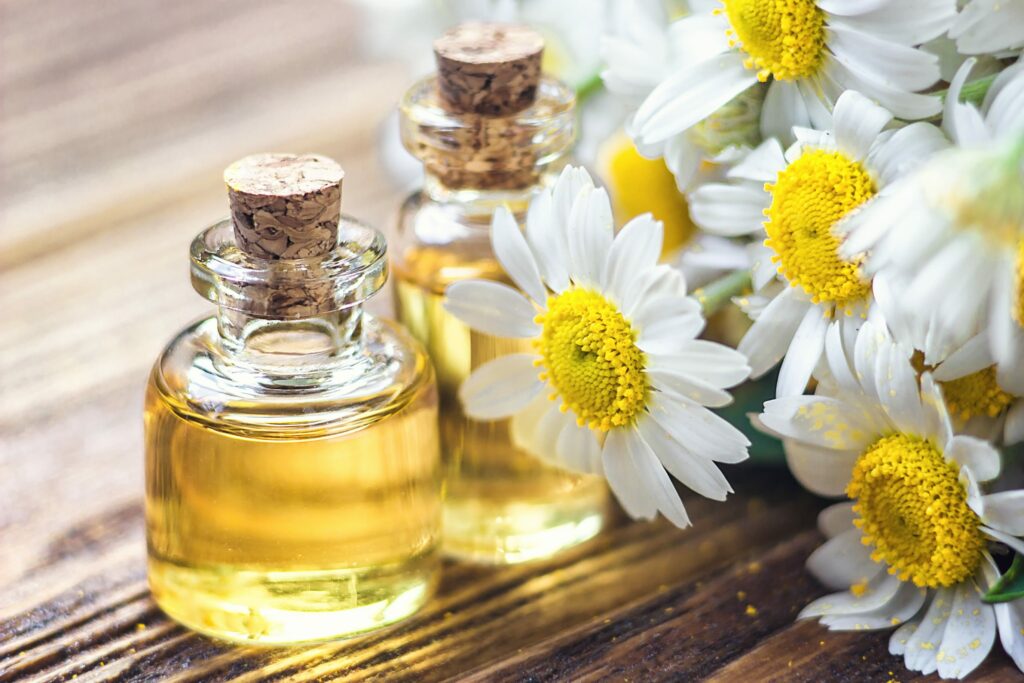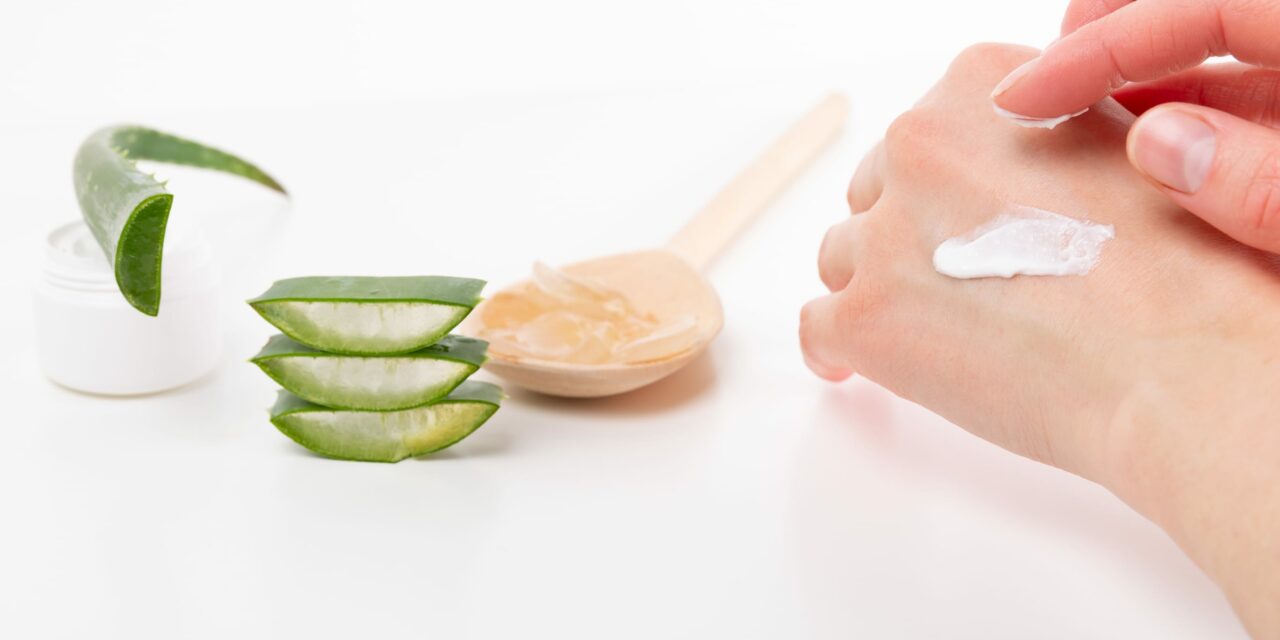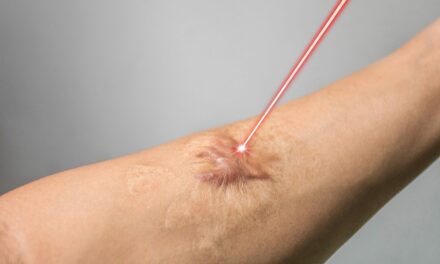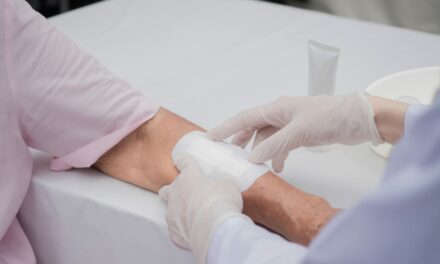Dermatologists are increasingly incorporating herbal remedies and natural topicals, such as aloe vera and tea tree oil, into post-treatment care to enhance healing and reduce complications.
Integrating herbal remedies and natural topicals into post-treatment dermatology care offers an appealing complementary approach for many patients. These natural treatments can enhance healing, reduce inflammation, and provide soothing effects on the skin.
This article explores the benefits, scientific evidence, and potential risks associated with using herbal remedies and natural topicals in post-procedural dermatological care.
The Benefits of Herbal Remedies and Natural Topicals

Commonly Used Herbal Ingredients
- Aloe Vera
- Properties: Aloe vera is renowned for its soothing, anti-inflammatory, and wound-healing properties. It is often used to treat burns, cuts, and abrasions.
- Research: Studies have shown that aloe vera can accelerate wound healing and reduce inflammation due to its polysaccharides and growth hormones that stimulate skin regeneration .
- Chamomile
- Properties: Chamomile is known for its anti-inflammatory, antimicrobial, and antioxidant effects. It is used to soothe irritated skin and promote healing.
- Research: Clinical studies have demonstrated the efficacy of chamomile extract in reducing the symptoms of atopic dermatitis and other inflammatory skin conditions .
- Calendula
- Properties: Calendula has anti-inflammatory, antifungal, and antibacterial properties. It is commonly used to treat minor wounds, burns, and rashes.
- Research: Research indicates that calendula can enhance tissue repair and reduce the incidence of secondary infections in wound care .
- Tea Tree Oil
- Properties: Tea tree oil has antimicrobial and anti-inflammatory properties, making it effective in treating acne and minor skin infections.
- Research: Studies have found that tea tree oil can reduce acne lesions and bacterial load on the skin, contributing to its healing properties .
Scientific Evidence Supporting Herbal Remedies

Aloe Vera
- A study published in the Journal of Ethnopharmacology found that aloe vera accelerates wound healing by increasing collagen synthesis and reducing inflammation .
- Another study in Burns journal demonstrated that aloe vera gel significantly improved wound healing in patients with partial-thickness burns compared to conventional treatments .
Chamomile
- Research published in the European Journal of Medical Research showed that chamomile cream reduced inflammation and itchiness in patients with atopic dermatitis, highlighting its therapeutic potential .
- A study in Phytomedicine confirmed the antimicrobial properties of chamomile, making it effective against skin infections .
Calendula
- A randomized controlled trial reported in the Journal of Clinical Oncology revealed that calendula ointment reduced the incidence of acute dermatitis in breast cancer patients undergoing radiation therapy .
Tea Tree Oil
- According to a study in the Medical Journal of Australia, tea tree oil was effective in reducing acne lesions, attributed to its antimicrobial properties .
Potential Risks and Considerations

While herbal remedies and natural topicals offer many benefits, it is essential to be aware of potential risks:
- Allergic Reactions: Some individuals may be allergic to certain herbal ingredients, leading to contact dermatitis or other skin reactions.
- Interactions with Conventional Treatments: Herbal remedies can interact with prescribed medications or treatments, potentially reducing their efficacy or causing adverse effects.
- Quality and Purity: The quality and purity of herbal products can vary significantly, affecting their safety and effectiveness. It is crucial to use products from reputable sources.
Integrating herbal remedies and natural topicals into post-treatment dermatology care can enhance healing and provide additional benefits. Aloe vera, chamomile, calendula, and tea tree oil are among the most effective natural treatments supported by scientific research. However, dermatologists should carefully consider potential risks and ensure that these natural remedies complement conventional treatments without causing adverse effects. By doing so, they can provide holistic and effective care to their patients.
References
- Chithra, P., Sajithlal, G. B., & Chandrakasan, G. (1998). Influence of Aloe vera on the healing of dermal wounds in diabetic rats. Journal of Ethnopharmacology, 59(3), 195-201.
- Heggers, J. P., Kucukcelebi, A., Listengarten, D., Stabenau, J., Ko, F., Broemeling, L. D., … & Robson, M. C. (1996). Beneficial effect of aloe on wound healing in an excisional wound model. Journal of Alternative & Complementary Medicine, 2(2), 271-277.
- Patzelt-Wenczler, R., & Ponce-Pöschl, E. (2000). Proof of efficacy of Kamillosan® cream in atopic eczema. European Journal of Medical Research, 5(4), 171-175.
- Glowania, H. J., Raulin, C., & Swoboda, M. (1987). Effect of chamomile on wound healing—a clinical double-blind study. Z Hautkr, 62(17), 1262-1271.
- Pommier, P., Gomez, F., Sunyach, M. P., D’Hombres, A., Carrie, C., & Montbarbon, X. (2004). Phase III randomized trial of Calendula officinalis compared with trolamine for the prevention of acute dermatitis during irradiation for breast cancer. Journal of Clinical Oncology, 22(8), 1447-1453.
- Bassett, I. B., Pannowitz, D. L., & Barnetson, R. S. (1990). A comparative study of tea-tree oil versus benzoyl peroxide in the treatment of acne. Medical Journal of Australia, 153(8), 455-458.
Photo 143591237 | Cosmetic © Arturs Budkevics | Dreamstime.com




